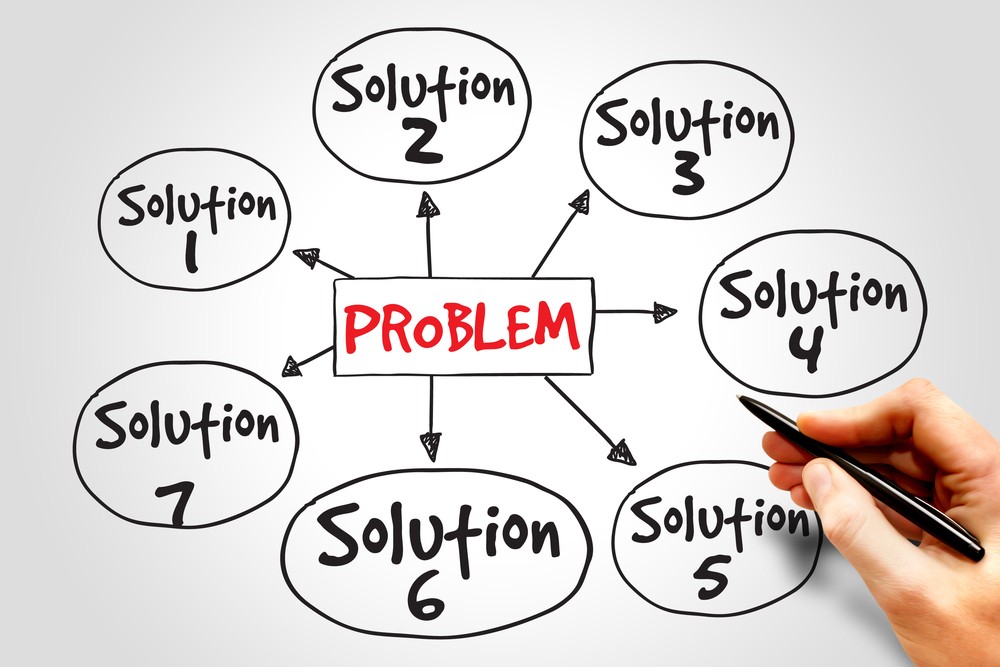In the dynamic and competitive world of business, challenges are inevitable. From market fluctuations and technological disruptions to internal complexities, businesses constantly face obstacles that require effective problem-solving skills. The ability to navigate these challenges and find innovative solutions is crucial for sustained success. In this article, we will explore the art of problem-solving in a business context and provide practical strategies to overcome common business challenges.
1. Understanding Business Challenges
Business challenges come in various forms, including changes in consumer preferences, economic downturns, increased competition, operational inefficiencies, and regulatory changes. These challenges can disrupt business processes, hinder growth, and impact profitability. However, they also present opportunities for growth, innovation, and improvement. Understanding the nature and scope of the challenges is the first step toward effective problem-solving.
2. The Importance of Effective Problem-Solving
Effective problem-solving is vital for businesses to overcome challenges and remain competitive. It enables organizations to identify the root causes of issues, develop strategies to address them and implement solutions that drive positive outcomes. By fostering a culture of problem-solving, businesses can enhance agility, innovation, and overall performance.
3. Developing a Problem-Solving Mindset
Developing a problem-solving mindset is essential for tackling business challenges. It involves cultivating the following key attributes:
- Curiosity: A curious mindset encourages exploration, questioning assumptions, and seeking alternative perspectives. It helps uncover hidden insights and innovative solutions.
- Critical Thinking: Critical thinking involves analyzing information objectively, identifying patterns, and evaluating the implications of different options. It enables logical reasoning and effective decision-making.
- Resilience: Challenges may come with setbacks and failures. Resilience allows individuals and organizations to bounce back, learn from mistakes, and persevere in finding solutions.
- Flexibility: Being adaptable and open to change is crucial for effective problem-solving. Flexibility enables the exploration of different approaches and the willingness to adjust strategies as needed.
4. Gathering Information and Analyzing the Situation
To solve business challenges effectively, gathering accurate and relevant information is crucial. This may involve conducting market research, analyzing data, seeking customer feedback, or engaging in internal consultations. By understanding the underlying causes and context of the challenge, businesses can make informed decisions and develop targeted solutions.
5. Collaborative Approaches
Collaboration plays a vital role in problem-solving. Engaging diverse perspectives and expertise can lead to more comprehensive insights and innovative solutions. Encouraging teamwork, fostering effective communication, and creating a culture that values collaboration can unleash the collective intelligence and problem-solving capabilities of the organization.
6. Creative Thinking and Innovation
Creative thinking and innovation are powerful tools for overcoming business challenges. Encouraging employees to think outside the box, generate new ideas, and challenge conventional wisdom can lead to breakthrough solutions. Techniques such as brainstorming, mind mapping, and design thinking can stimulate creativity and foster innovative problem-solving approaches.
7. Implementing Solutions
Implementing solutions requires a well-defined plan and effective execution. This involves breaking down the solution into actionable steps, assigning responsibilities, and establishing clear timelines. Regular communication, monitoring progress, and addressing potential obstacles along the way are critical for successful implementation.
8. Evaluating Results and Continuous Improvement
After implementing solutions, evaluating the results is essential to ensure effectiveness and identify areas for improvement. Analyzing key performance indicators, gathering feedback from stakeholders, and conducting post-implementation reviews can provide insights into the impact of the solutions. Continuous improvement ensures that businesses remain agile and adaptable, constantly refining their problem-solving capabilities.
Conclusion
The art of problem-solving is a critical skill for businesses to overcome challenges, drive innovation, and achieve long-term success. By fostering a problem-solving mindset, gathering information, collaborating, thinking creatively, implementing solutions effectively, and continuously evaluating and improving, businesses can navigate complex landscapes and turn challenges into opportunities for growth and improvement.
FAQs (Frequently Asked Questions)
- Q1. Why is problem-solving important in business?
Problem-solving is important in business as it enables organizations to overcome challenges, identify opportunities, and drive innovation. Effective problem-solving leads to improved processes, enhanced decision-making, and the ability to adapt to changing market dynamics. It fosters a culture of innovation, resilience, and continuous improvement, which are critical for business success.
- Q2. How can businesses encourage a culture of problem-solving?
Businesses can encourage a culture of problem-solving by providing training and resources that enhance problem-solving skills. They can foster a collaborative environment that values diverse perspectives and encourages open communication. Recognizing and rewarding innovative thinking, and creating opportunities for employees to contribute ideas and participate in decision-making processes, can also foster a problem-solving culture.
- Q3. What role does leadership play in effective problem-solving?
Leadership plays a crucial role in effective problem-solving. Leaders should set a clear vision, create a supportive environment, and empower employees to take ownership of problem-solving initiatives. They should encourage critical thinking, creativity, and collaboration, and lead by example. Effective leadership ensures that problem-solving becomes an integral part of the organizational culture.
- Q4. How can businesses leverage technology in problem-solving?
Businesses can leverage technology in problem-solving by utilizing data analytics, automation, artificial intelligence, and other technological tools. Data-driven insights can help identify patterns, trends, and potential solutions. Automation can streamline processes and reduce manual efforts. Artificial intelligence can assist in analyzing complex data sets and providing recommendations. Embracing technology can enhance problem-solving capabilities and improve decision-making.
- Q5. How can businesses measure the effectiveness of their problem-solving efforts?
Businesses can measure the effectiveness of their problem-solving efforts by setting clear goals and key performance indicators (KPIs) related to the challenges they are addressing. Regularly reviewing and analyzing these KPIs, gathering feedback from stakeholders, and conducting post-implementation reviews can provide insights into the impact of the problem-solving initiatives. Continuous evaluation and adjustment of strategies based on results ensure ongoing improvement.




